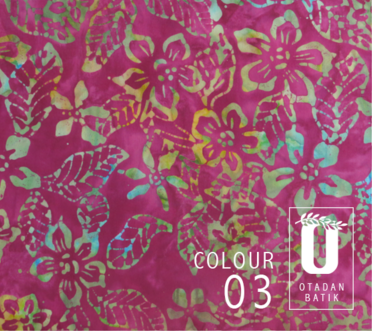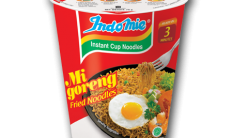RP mission to US for trade talks
Manila Bulletin
A high-level Philippine mission is leaving for the U.S. this week to formally start negotiations with the US garment private sector and other lobby groups in the U.S. Congress for the proposed special trading arrangement with the country’s export exports.
The team is composed of Trade and Industry Senior Undersecretary Thomas G. Aquino, DTI consultant and former Garment and Textile Export Board Executive Director Serafin Juliano, chairman of the Confederation of Garment Exporters of the Philippines (CONGEP) Donald Dee and CONGEP president George Siy.
“We are going to meet with some lobby groups, foreign buyers association, local garment and textile players and the Filipino community to get a feel of how our proposal is getting through,” Siy said.
“We have to see what parameters are there,” Siy added.
Siy said the Philippines must show strong interest for this because this all depends on how the government and the private sector badly need for such a preferential trading arrangement.
“Getting what we want very much depends on how these negotiations go because foreign owned manufacturers and buyers are just waiting for a signal on how strongly we push for this,” he said.
Siy noted that it is to the advantage of the foreign buyers that the Philippines get the preferential arrangement because it means lower or zero tariff for the country’s garment and textile exports to the U.S., which accounts for over 70 percent of the country’s total exports in this sector.
“So we have to put a strong bid now or they will start moving their orders elsewhere,” he added.
American lobby group Sandler, Travis and Rosenberg is conducting a full six-month study, three months of which is shouldered by the private sector and the remaining three months by the government.
The study is expected to be completed in July this year and should be the basis whether the sector specific FTA with the U.S. should be elevated to the level of government-to-government negotiations.
The Philippine side is aiming to have the sector specific agreement signed in 15 months or before the full lifting of quota restrictions on China takes effect by 2014.
At present, the U.S. slapped between 2 to 32 percent tariffs on Philippine garment exports or an average of 17 percent tariff and the private sector is pushing for duty-free status of its exports to its largest market, which accounts for 70 percent of the .8 billion annual exports.
Given that state of global supply chain and needs of the U.S. and the capabilities of the Philippine industry, there is a strong possibility the U.S. will agree to the Philippine proposition.
Without the agreement, the industry, which now employs around 400,000 workers, is expected to lose 200,000 jobs, a 20 percent immediate reduction in domestic garment business and export revenue loss of between .2 billion to .5 billion by 2014 or about half of last year’s garment exports at .8 billion.
But once the proposed agreement pushes through, this means the inflow of 0 million new investments into the industry and hiring of additional 100,000 employes.
Once the U.S. agrees with the Philippine proposal, this will be the first of its kind for both the U.S. and the Philippines.
The U.S. has been known to pursue a comprehensive or full blown free trade agreement although it had implement the so-called Qualified Industrial Zone (QIZ) model for some Middle East countries under its peace initiative in the Middle East. The Philippines is also pursuing the same QIZ model.
Under the proposed QIZ model, products in the areas identified as a QIZ will be allowed to enter the U.S. market at preferential tariff rates. The QIZ was authorized by the U.S. Congress in 1996 as part of the Middle East peace process by engaging the troubled countries Israel, Egypt and the U.S. economically instead.(BCM)





